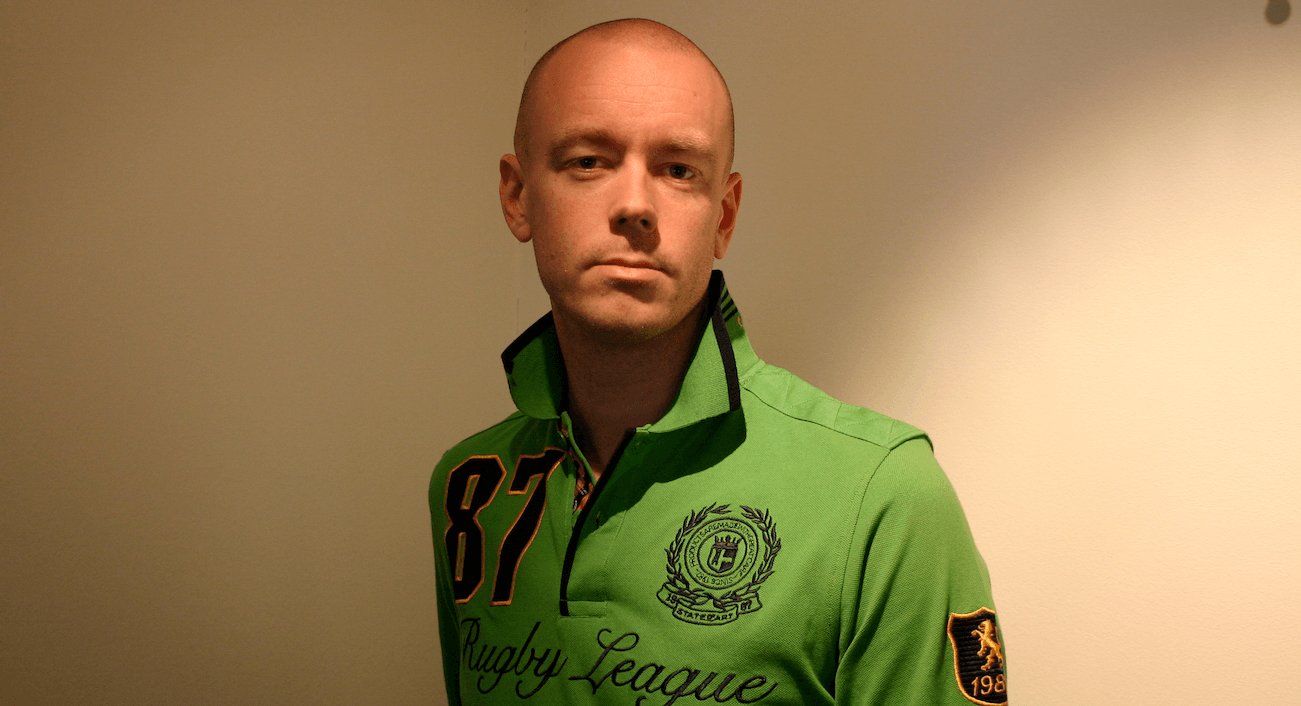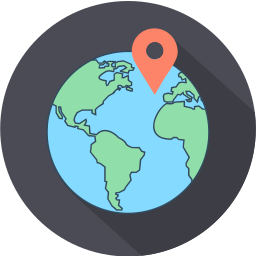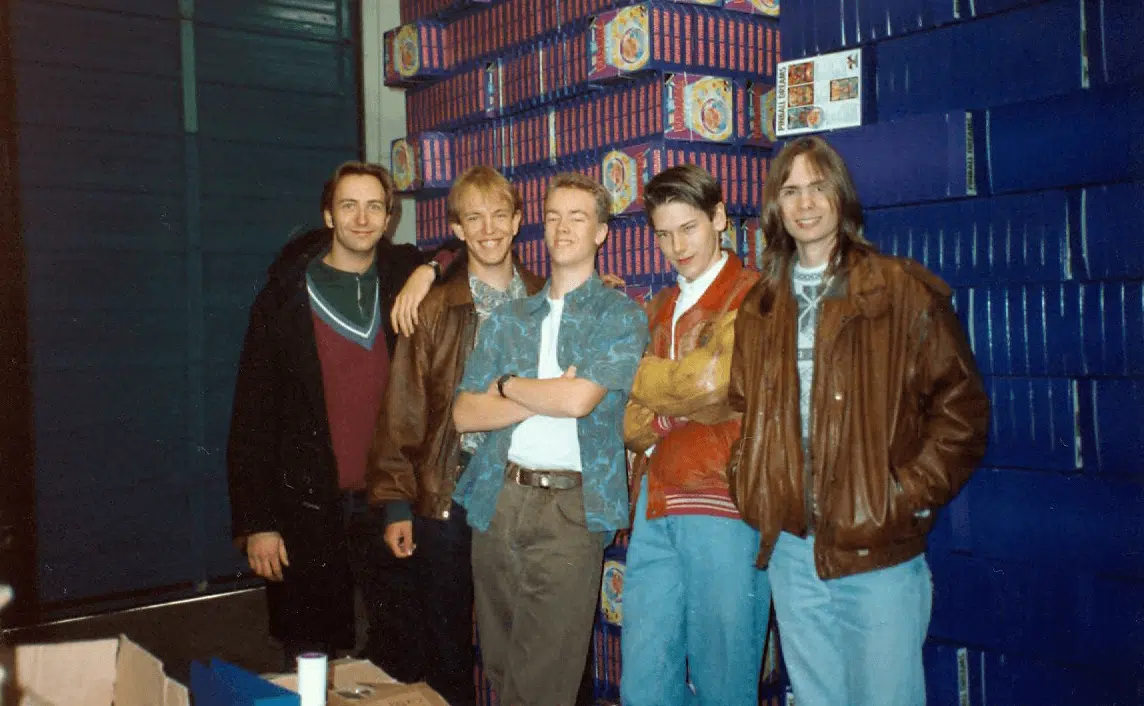
The story of DICE – the Swedish game company – as told by the founder
Dice - from the demo scene to conquering the world with Battlefield. Here Dice founder Andreas "axl" Axelsson tells the story about how a bunch of friends from Småland, Sweden, created the powerful gaming company Digital Illusions CE - Dice.
By: Andreas Axelsson, founder of Dice (Digital Illusions) worked at Dice 1989-2006, now owner of Directive Games
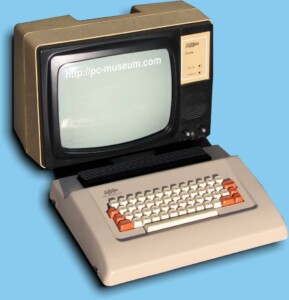
It all began with an ABC 80.
I don't remember exactly when I made up my first concrete goals in live, but I wanted to be a rock star, preferrably a drummer because Animal was the best character in the Muppet Show, or I wanted to create video games full time, because then you get to have fun all the time. "Regular" jobs didn't seem that great. Since you are reading this story, I guess you know which goal became reality.
But I still keep a set of drums for backup.
The story begins in the teacher's lounge at Komvux in Växjö
The story of DICE begins, for my part, in the teacher's lounge in Komvux in Växjö, early 80s. My mom was studying there and had no sitter, so I was parked in front of an ABC 80 computer that the school had bought and was allowed to play the "Snake" game. The future has arrived, I thought. However it then happened that my dad bought an ABC 80 I don't remember, but after mainly plaing games for a month I started learning how to program BASIC from the manual that came with the computer. This was just about when the Sinclair ZX Spectrum and the Commodore 64 were entering Swedish homes and several of my class mates and neighbors also got computers.
While my friends soon grew tired of their computers, my interest just grew bigger. I made my own little programs, small pieces of useful software, and I read and modified the code for any game I got from the ABC club. I bought every magazine I could get my hands on and entered any code listing they contained. If they were not written for the ABC 80 BASIC I converted them, or when home to a friend who had the right hardware. Finally I started borrowing their computers and our coffee table was sometimes completely beleaguered with different computers, tape recorders, and joysticks. My parents were not super happy about this.
After that, there was the Amiga. My dad bought an Amiga 2000 right after Christmas in 1987 to get me to spend more time at home instead of where I had been most of that fall: at my friend Anders Karlsson 's house, becuase he had an Amiga 500. I remember I had to walk outside the room and back in again to convince myself that it was real. He also made me sign a contract where I promised to keep up with school and maintain my grades. Luckily I had a 45 minute bus ride to and from school, so I had time to do my homework.
The demo scene – where it happened
Around this time I also started making friends with some people in the local demo scene. Fredrik Liljegren was one of them, and it wasn't long before I was sucked in to the demo group The Silents, which at that time was already one of the largest in Europe with about 80 members. Fredrik was one of the main people in The Silents from the start. The demo scene was a great example of how industrious kids can be if they are given total freedom to develop their hobbies.
Sure, there was some partying and some pranks, but mainly this was a gathering of smart and talented kids, 99.9% boys, who had all decided that computers were here to stay, and that taming them was the key to future success. There were regular contests held in computer artwork, music, and squeezing the most performance from the computers through optimization of assembly code. This made us always be on the lookout for new talent and new innovations.
The contests were often held over a long weekend, in a school auditorium or other places that The Silents or other similar organizations had rented out in the Nordic region. Members from the various demo groups travelled far with their computers and sleeping bags, and lived for 72 hours on pizza, coke, and other very healthy substances, while working like mad to make it all work before the deadline. Many of us learned a lot about organizational skills and hard work during these weekends.
Dice is founded in a summer cottage
The decision to start making games instead of demos was made under the influence of an unusually large amount of strong drinks in a summer cottage in Blekinge in 1989, where the core members of The Silents had met up to come up with winning tactics for the future. Inspiration for our first pinball game, Pinball Dreams, came from concept art that The Silent's Danish artist, Mikael Balle, drew and sent us. Enough demos, we said. Let's make games!
Ulf Mandorff was the oldest, and had the top math skills, so we decided he was the one to figure out how we could make the ball move realistically. Without a good "feel" in the pinball physics there was no point in making a pinball game at all, we thought, and we felt that was what was missing from all the existing pinball games we had tried. Ulf was very smart and had made several demos with "world firsts" of different kinds, so he took on this task enthusiastically.
Six months later he proudly presented us with a working prototype of the physics simulation. As soon as we saw the first demo, which in essence was just a white bowl on the screen with one flipper and a white ball, we knew this would beat every earlier attempt at pinball games on a computer.
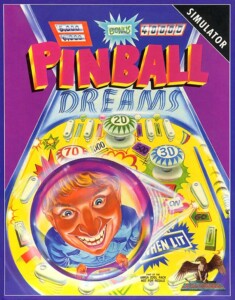
Cover for Pinball Dreams
Olof Gustafsson was our best musician and sound designer, so it was a given that he would to the audio for the game. We had a number of different artists from the beginning, but in the end we stuck with Markus Nyström from Gothenburg. I took on most of the coding, as Ulf had a full-time job with other things. Fredrik was involved with the design and testing, and after a while was the one who handled all external contacts, negotiations and the daily business of the company we started later.
We chose to make a pinball game because we thought it would be a nice, limited problem that should be quick enough to finish. Also, we all really liked to play real pinball. Sure, we were all still in school or had other full-time jobs, but we never anticipated that it would take three years to finish the game. Anwyay, Pinball Dreams was published in 1992 for the Amiga through 21st Century Entertainment. The head of 21st CE was Andrew Hewson, who earlier ran Hewson Consulting that during the 80s published many of my absolute favorites on the Commodore 64, so even if it was quite a small company we felt like we had found the right deal for us.
Pinball Dreams became a success, and we mostly scored very high reviews in the magazines. 21st CE were ecstatic and wanted a sequel. During the final development phase of Dreams we had to take away several ideas we had to finish the game on time, so we felt like we could easily come up with an innovative second game.
From Seattle back to Växjö
Fredrik's girlfriend back in those days was an exchange student from Seattle, USA, and he had just decided to spend the summer of 1992 with her over there. The apartment across from hers was empty, I had just graduated, and Markus and Olof had nothing else planned, so we rented the empty apartment, packed up our computers and moved to Seattle for the summer. We did have some trouble bringing the computers through customs in the US, but it was a different time back then, and we managed to talk our way through.
We spent $100 on furniture, the same amount on cable TV, the rest on chips and coke, and started working on Pinball Fantasies. Even though we finished Fantasies in record time for the October launch of that same year it is still the version I like the best. Fantasies got even better reviews than Dreams, and we were starting to make a name for ourselves in the gaming business.
We know that we had a good thing going, and our success brought out the interest from friends in the demo scene who were also hungry to start making games. I don't think its an exaggeration to say that most of the Swedish gaming industry has its roots in the demo scene one way or another.
Digital Illusions CE was still mostly a virtual corporation, a paper product without an office or organization other than a fax machine in my apartment. We realized that we had gathered knowledge and contacts that all potential Swedish game makers would need to have their games published.
A fellow student, Bo-Staffan "Bosse" Lankinen (programmer), and Joakim Wejdemar (artwork) were making a run-and-gun game similar to Turrican called Hardcore. Thomas Andersson (programming) and Patrik Bergdahl (artwork) had a puzzle game called Benefactor, which combined Lemmings with Lode Runner, two very popular games. We agreed that we would help them finish the games and find publishers for them, but that the would basically still run their own companies.
"It was like a demo party that never ended"
Fredrik, Bosse, and I lived in Växjö in those days, and to collaborate easier we rented a house where I moved in with Bosse, Olof, Thomas, and Patrick. It was a like a demo party that never ended. Olof wrote music in the basement and the neighbours down the street, who could hear everything through the pipes in the walls, complained loudly. Bosse almost drove the poor deeply religious landlord to a nervous breakdown with the various heavy metal posters on his walls. It was not uncommon that TV news stations and other journalists visited us, and the whole thing was quite chaotic, but at the same time a very creative and inspiring environment.
Markus and Joakim came to visit Växjö as often as the could, but otherwise sent new graphics either on floppy disks through mail or over a modem. It would take quite some time to send even small pictures when the maximum download speed was about 16 Kpbs.
After almost one year in the house in Växjö we felt that we needed to widen our horizons a bit and we decided to move to Gothenburg and make games full time. I had already dropped out from university earlier that year. Olof was from Fritsla, close to Bårås, Markus was from Gothenburg, and getting closer to mainland Europe were some of the reasons why we picked Gothenburg over Stockholm. At this time Ulf decided to stop making games, so he stayed in Växjö.
Our own office in Gothenburg
We divided into a number of apartments that we rented in Vasastan, and moved in around Christmas in 1993. For the first year we kept working out of our apartments. Beds and desks were next to each other, literally. During that first year we finished Hardcore and Benefactor. Unfortunately, the publisher Psygnosis had decided to cancel all games for 16-bit consoles, and this included Hardcore, just as we were finished with it, so it was never released. By now we had stopped running the company as a cluster of small, separate entities, and we were in practicality just DICE.
After a while we got our first office and could work better together, as well as gaining a better structure for what we were doing. We were still just eight people, so we built our own desks, built our own PCs and laid out our own network cables. This was around the time we decided to leave the Amiga behind and work on consoles like the Sony Playstation, Sega Saturn, and some work on PC games as well. The Amiga fans were not happy, but unfortunately the market share for the Amiga was no longer big enough for what we wanted to do.
Our first project in the new office was True Pinball, a complete rewrite of the third pinball game Pinball Illusions for Playstation and Saturn, where we added a 3D view of the boards. The reason behind the complete rewrite was that we wanted to switch publishers and we could not re-use code that 21st CE had the license for. 21st CE had become an all-pinball publisher, and we thought that was way too limiting for a publisher, so we needed new inspiration. Ocean, who earlier had rejected Pinball Dreams as "no potential" were enthusiastic about publishing True Pinball.
Bonnier comes in at the right time
In spite of relatively good sales numbers for both Benefactor and True Pinball, we reached a point during 1996 when we felt that it was hard to get the finances in our company to work, and we had made plans to move abroad and start over from scratch. Luckily this was right when the media industry in Sweden was about to change.
Bonnier had realized that computers, multimedia, the internet, and video games were something they needed to get in to and the offered financing our next game if we joined Bonnier Multimedia. With financing in place we could hire more people and our first game was Motorhead, for PC and Playstation, out in 1998. We were now almost 20 people and had an office on the Avenyn in Gothenburg.
The demo scene dried up – then comes Battlefield
At the end of the 90s we reached the next point in our development. We needed more people, but recruiting was time consuming and we needed quite a lot of new talent to realize our plans. We had pretty much hired everyone from the demo scene who didn't already start their own company. We didn't really look at hiring from universities at this point in time, because we felt that the real-world experience gained from the demo scene or in other gaming companies was essential to our success. So we started looking for other companies that we could buy or merge with.
Refraction Games, who had just released Codename Eagle, seemed perfect. Four guys with an idea that they had taken all the way to a complete, published game, with new ideas coming and a creative and talented staff. Their biggest problem was that they lacked a publisher for their new idea, which they were calling Battlefield 1942. We, on the other hand, had released over ten games at this point and had connections with most of the larger publishers, so it was pretty much a perfect combination. We more or less merged with them.
We kept the name DICE, and Patrick Söderlund from Refraction became CEO. Us founders never really changed our roles during the whole time we stayed at the company. I was coding, Markus artwork, Olof music, et cetera. The only exception was Thomas who switched programming for game design and was one of the key people behind Mirror's Edge.
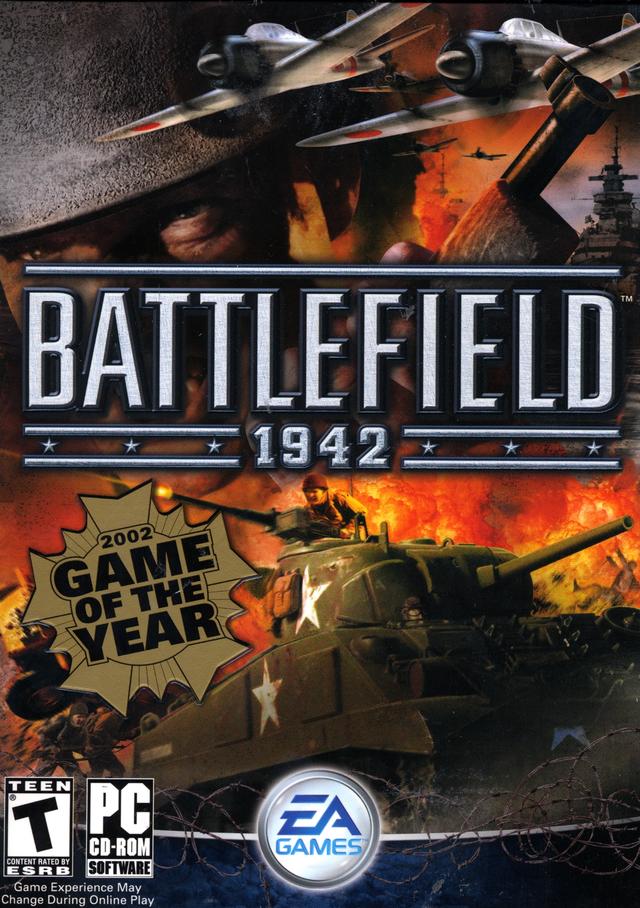
Onwards to Stockholm and being bought out
At the start of 2004 we were about 75 people in Gothenburg and Stockholm. A common model for large games is that you first develop a version that shows a blueprint of the whole game, with all essential components and how they work together, but without a lot of variation or details. When you like what you see you add more people and just make more of everything. More maps, more variants, more equipment, and so on. That means you don't need all the people in your team all the time, and one of the best solutions for that is to have several games in development at the same time, and have the different phases overlap, so that the large production team can move between the different projects as needed. So we needed the capacity to develop several games simultaneously.
But we were too small for that, and we would need to almost double our size in both Stockholm and Gothenburg to make that work. That much qualified staff would be very hard to find, and to top it off we needed them fast. The solution was to merge our Gothenburg and Stockholm offices, by moving everybody who wanted from Gothenburg to Stockholm. Of course not everyone wanted or could move, but later that year it still became a reality and the Stockholm office got a large influx of staff who could now balance the needs of our projects better.
Most of the people who stayed behind, or moved back when they didn't like it in Stockholm, spread around to all sorts of different businesses (but when EA in 2011 decided to open a new studio in Gothenburg, later EA/Ghost, we had many of our old DICE people who missed the game industry come back).
After a number of successful Battlefield games, all published by Electronic Arts, it came as no big surprise when EA made an offer to buy DICE in 2005. The purchase was finished in the fall of 2006. The DICE engine Frostbite had now became a separate product in its own right, and several other studios within EA use the engine today, as does Ghost in Gothenburg. DICE continued to produce successes in the Battlefield series, two versions of Mirror's Edge, and later Star Wars Battlefront. There is also a new studio in Los Angeles.
What happened later...
In the summer of 2006, i quit DICE after almost 17 years since we started working on that first game. At that time we had grown to almost 350 people.
I worked with casino games for a while, but that didn't really suit me. In 2009 the hunger for developing video games became too large and it was time to find something new. I was offered a job with Icelandic CCP Games at their Shanghai office. Four months after the introduction I packed my things and moved to China. At CCP I worked with DUST 514 for Playstation 3, until I quit during the fall of 2014. After CCP I started a new company, Directive Games, together with some previous colleagues from CCP, and we're currently making games for mobile and VR platforms, and building our own backend to run them.
Fredrik lives in Canada and works for Nvidia. Olof is making sounds and music for Net Entertainment in Gothenburg. Markus recently left DICE and is planning to start a new game studio soon. Joakim is running the graphic production studio Valkyrie Entertainment in Seattle. Thomas is still at DICE, but have relocated to Los Angeles. Patrik and Bosse I haven't kept in touch with.
Thank you,
Andreas "axl" Axelsson
